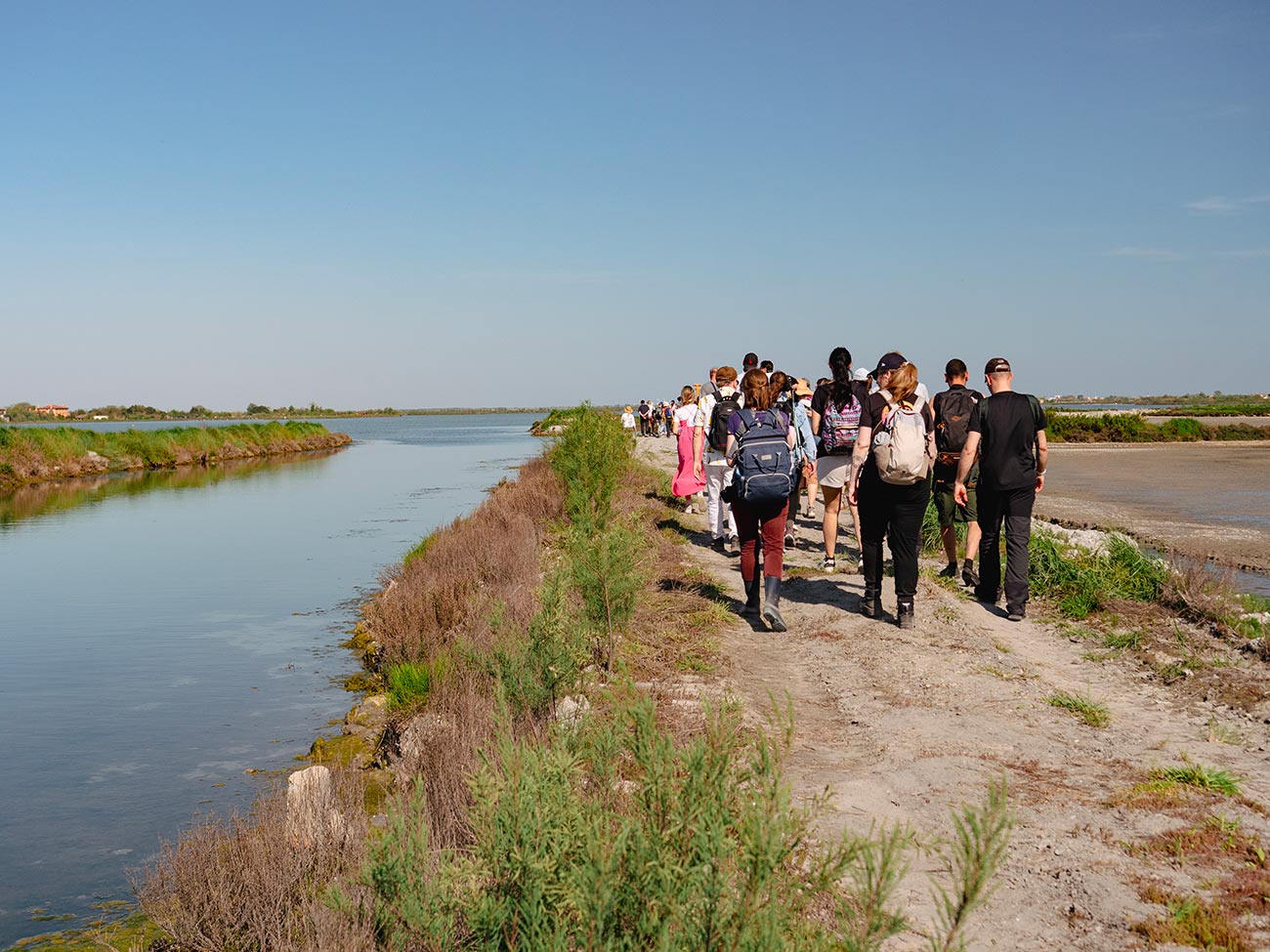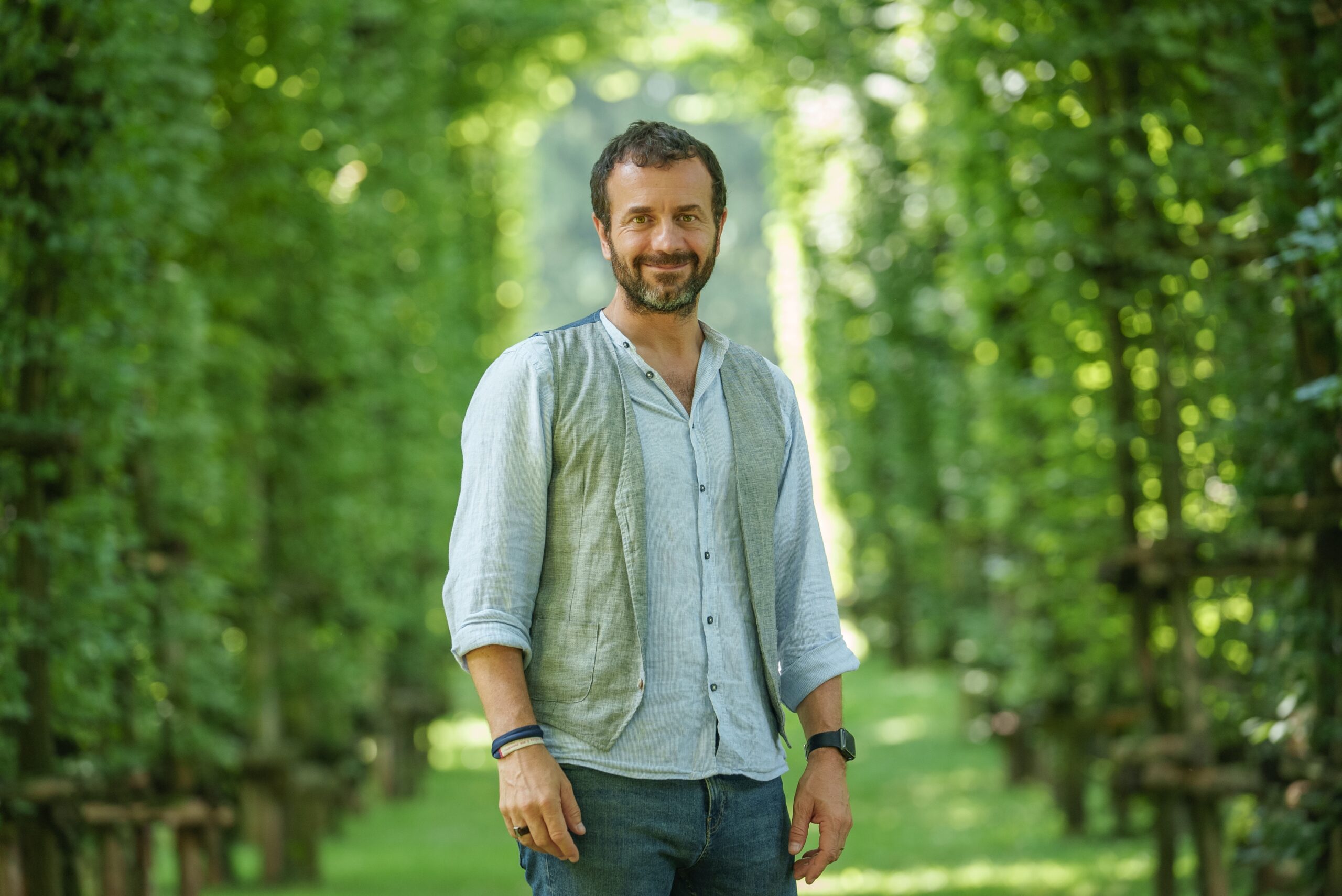
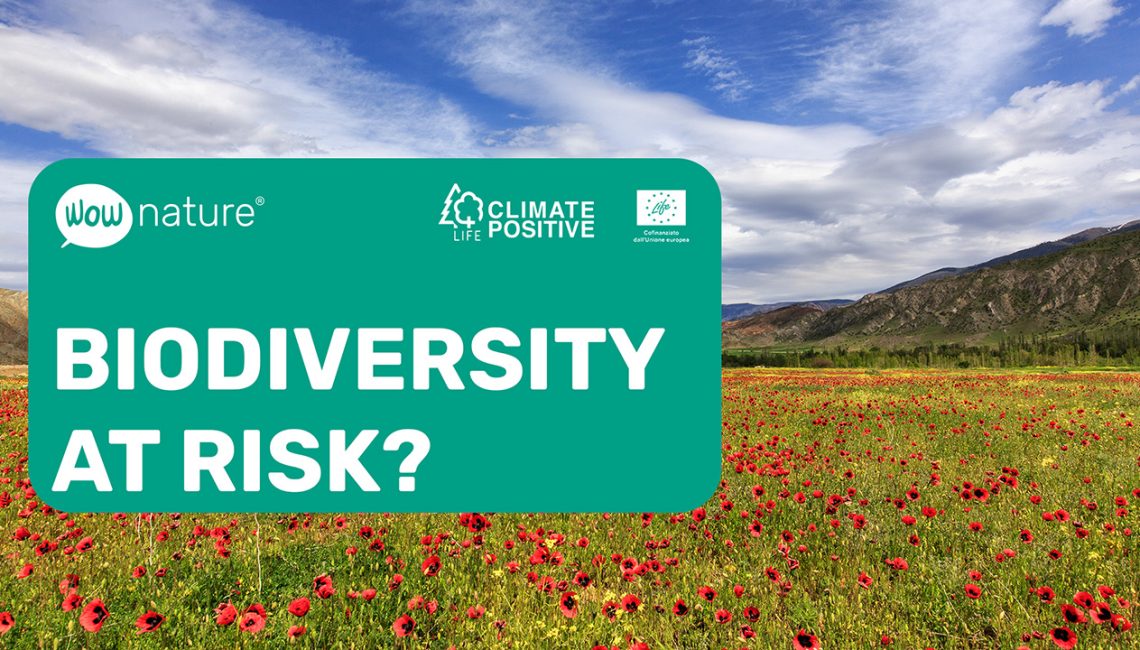
Biodiversity at risk and sixth mass extinction?
- ,
- , WOW, really?
What is biodiversity?
Biodiversity refers to the variety of living organisms on Earth and the ecosystems of which they are part. It is a concept that embraces all forms of life, from fauna to flora, from microorganisms to ecosystems that interact with each other in complex ways. It is the very basis of life on our planet, a natural capital that sustains the productivity, health and stability of ecosystems.
Biodiversity is in danger
Species are becoming extinct at an alarming rate, much faster than historically. Usually, the natural rate of extinction of a species stands at one every 10,000 years. However, according to scientific studies, extinctions are currently occurring 100 to 1000 times faster. This means that we are facing a much more serious phenomenon than a simple natural extinction, with many species at risk of disappearing permanently.
There are five main causes of this acceleration in extinctions:
1. Changes in land use: increasing urbanisation and intensive agriculture destroy vital natural habitats for fauna and flora.
2. Over-exploitation of natural resources: over-extraction of resources such as timber, minerals, and fish is threatening biodiversity.
3. Climate change: rising temperatures, changing weather patterns and rising seas are irreversibly changing natural habitats.
4. Pollution: the release of chemicals, plastics and other pollutants is destroying vital ecosystems.
5. Invasive species: non-native species establishing themselves in new environments are altering ecological balances and threatening local species.
Why is it important to protect biodiversity?
When we think of biodiversity, a common question that comes to mind might be: ‘Why should we care about the disappearance of certain species?’. The answer is simple: biodiversity is the very basis of human life and well-being. If biodiversity is endangered and therefore diminished, we too are at risk of suffering serious consequences.
An obvious example of how biodiversity directly affects us is agriculture. Pollinators, such as bees and butterflies, are essential for the production of much of our food. If these insects disappeared, many of the crops we consume every day could no longer grow.
But not only agriculture: so many discoveries in medicine and chemistry have been based on biodiversity. One example is aspirin, which is derived from salicylic acid extracted from willow bark. With biodiversity at risk, we would have very limited access to these natural benefits.
Every species, even those that do not seem essential, plays a role in the balance of our ecosystem. Species contribute to seed dispersal, control of animal populations and the nutrient cycle. Removing one species may seem insignificant, but in the long run, the ecosystem can collapse. Imagine a wall collapsing as you remove the bricks: each species is like a brick, and without it, the system starts to collapse.
What role do forests play?
Forests are among the richest ecosystems in terms of biodiversity. Not only are they home to a wide variety of species, but also outside the forests, trees play a fundamental role: they act as ecological corridors, connecting habitats and allowing animals to move around.
To help protect biodiversity, we are working on two projects:
Bosco Cinque Querce (Tuscany)
A forest that was suffering degradation due to agricultural abandonment has been recovered to become a multifunctional forest. Here we are creating a food forest with more than 50 different plant species. In addition, this forest is part of the European LIFE ClimatePositive project, which aims to valorise the services and products generated by forests by experimenting in the field with innovative techniques to improve CO2 absorption and promote sustainability.
Mezzaluna della Biodiversità (Veneto)
In cooperation with the Da Schio farm, we are creating an orchard integrated with forest species, creating habitats suitable for different species of local fauna such as badgers, roe deer and foxes.
Biodiversity at risk?
Biodiversity is a valuable but increasingly fragile asset. Each of us can contribute, even in a small way, to halt this negative trend. We can support reforestation projects, promote sustainable agricultural practices and raise awareness of these issues.
Watch the video and learn more about how we can fight the biodiversity crisis and do our part for a greener, more sustainable future
SHARE
More news


Update from Lio Piccolo | April 2025
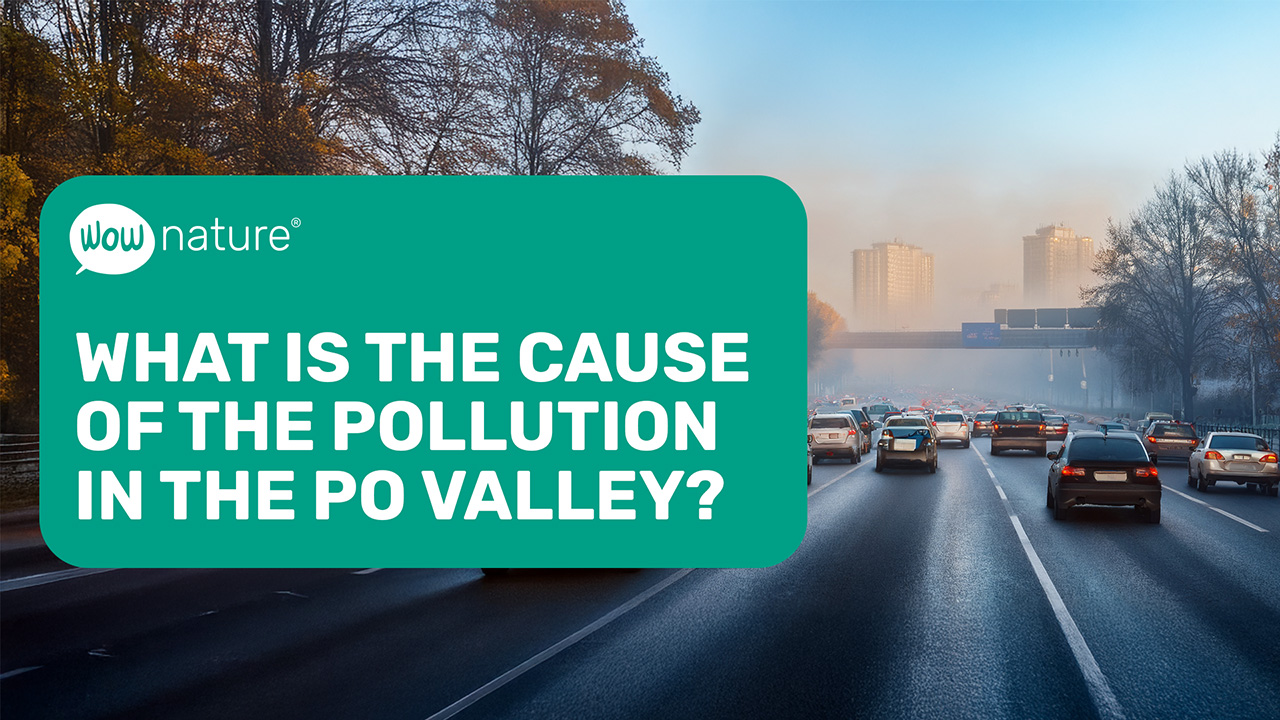
What is the reason for the pollution of the Po Valley?
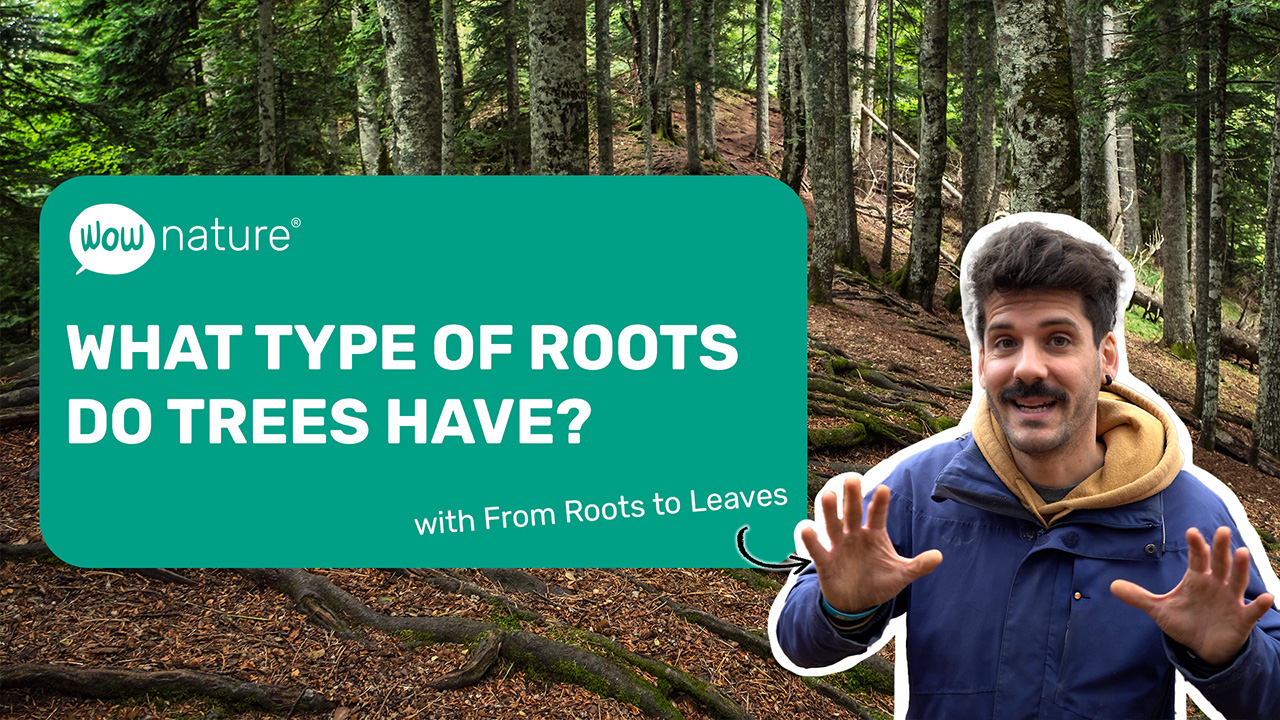
What type of roots do trees have?
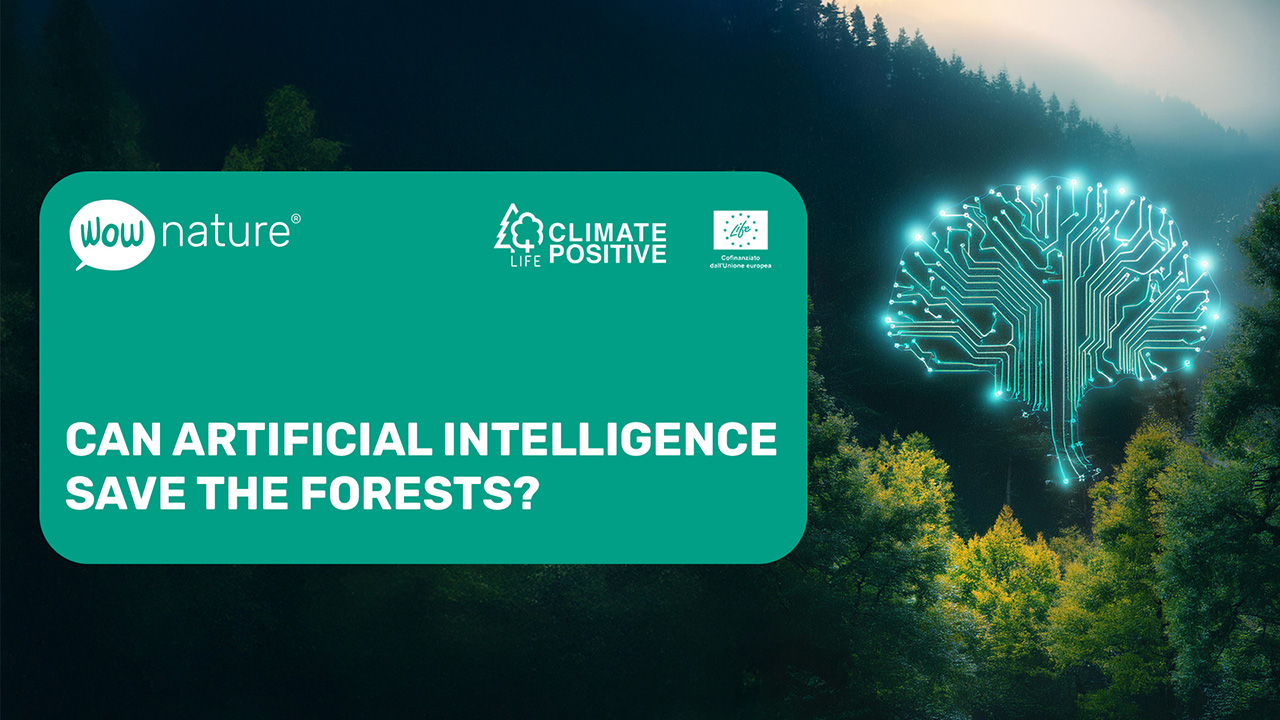
Can artificial intelligence save the forests?
